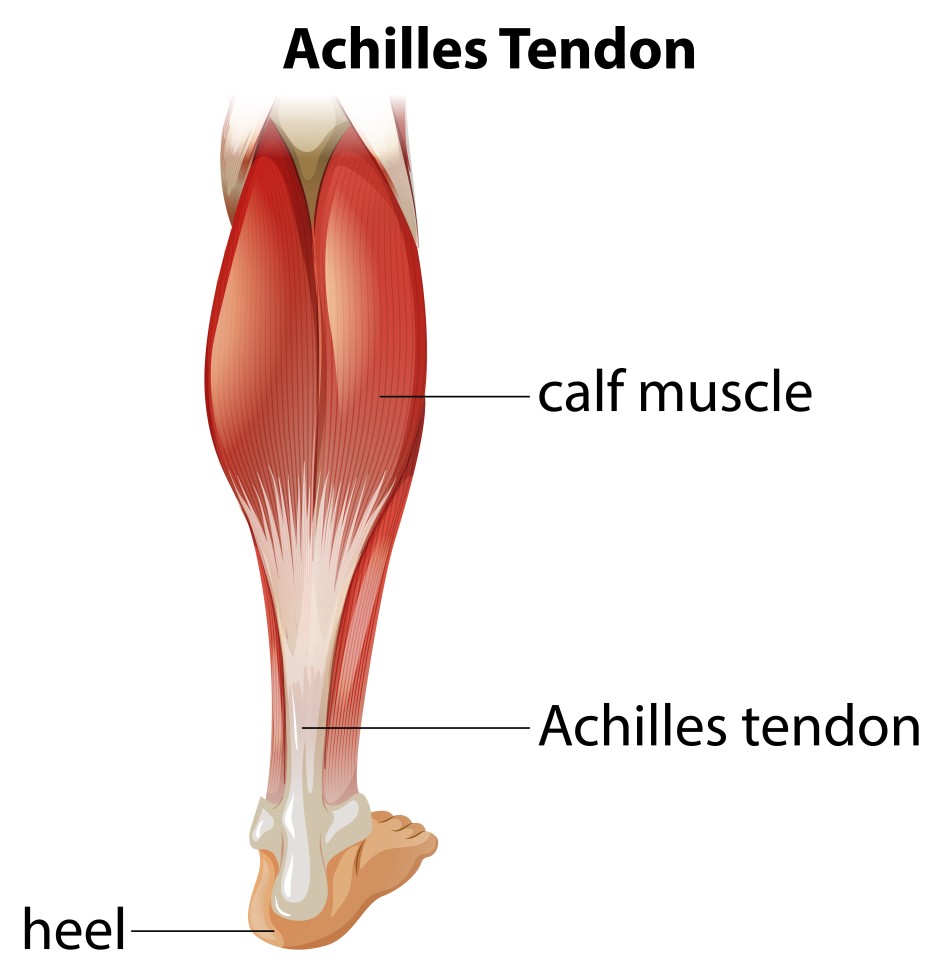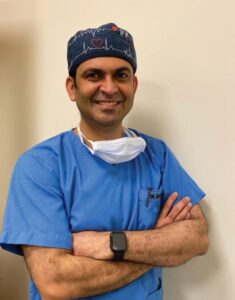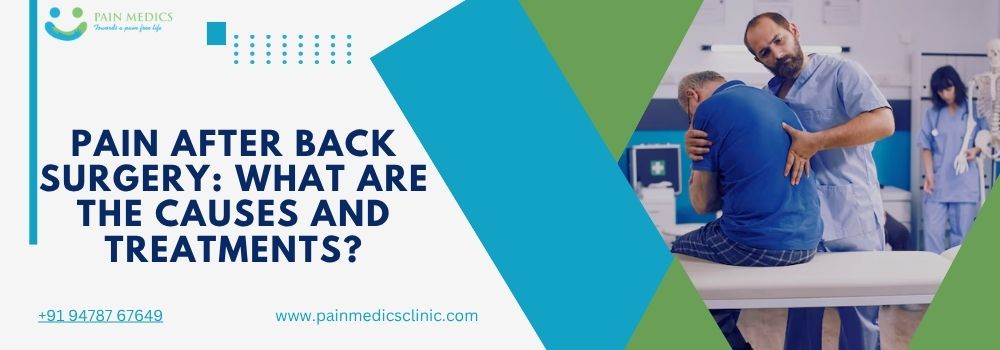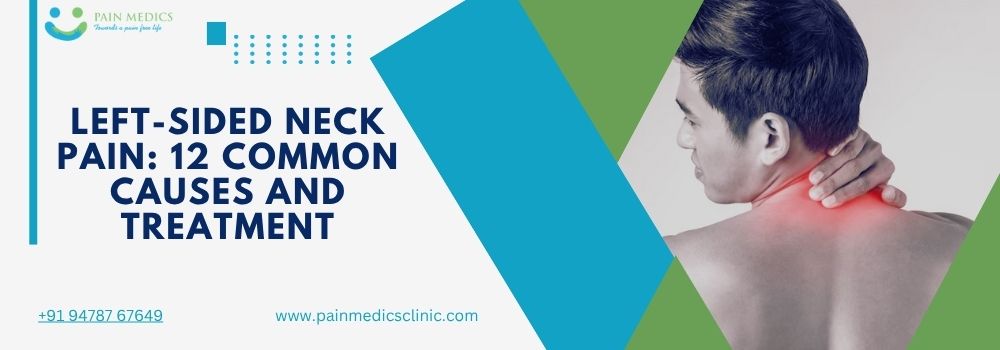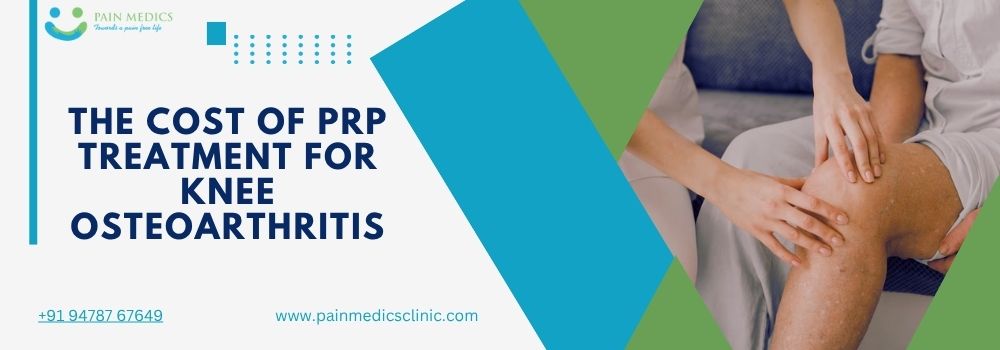The Achilles tendon is the strongest tendon in our body which connects the calf muscles, namely the gastrocnemius and soleus to the calcaneum or heel. It plays a major role in weight bearing, walking and running and hence affects conditions related to these activities This ailment primarily affects athletes and active individuals, causing pain and discomfort in the lower leg.
Causes of Achilles Tendinitis
Factors contributing to the development of Achilles tendinitis are
- Overuse or repetitive strain on the Achilles tendon is one of the primary causes.
- Engaging in activities that involve excessive running or jumping, sudden increase in training intensity, inadequate warm-up or stretching, or improper footwear can place excessive stress on the tendon.
- Additionally, individuals with tight calf muscles or poor biomechanics may be more susceptible to this condition.
Diagnosis of Achilles Tendinitis
Achilles tendinitis typically presents with specific symptoms.
- The most common one is pain in the back of the lower leg, just above the heel. This pain worsens during physical activity, especially while running, walking, or climbing stairs.
- Swelling and tenderness in the affected area may also be present.
- In severe cases, individuals may experience stiffness or a limited range of motion in the ankle joint.
An ultrasound exam of the back of the leg and heel helps identify and diagnose Achilles tendinitis. The ultrasound may reveal inflammation and swelling of the tendons or a tear in the tendon fibres may be appreciated. Comparison with the opposite side is essential to establish the diagnosis and correlate with clinical symptoms. The ultrasound may be able to detect fluid around the calcaneum in selected cases as a result of chronic strain and inflammation.
Treatment for Achilles Tendinitis
Early intervention and appropriate treatment strategies can help alleviate symptoms and promote healing. The following approaches are pertinent to managing the condition:
- Prevention: This involves gradually increasing the intensity of physical activities, properly stretching and warming up before exercise, wearing appropriate footwear, and maintaining good lower limb flexibility and strength.
- Rest and Ice Therapy: This is most useful during acute Achilles tendon pain. It allows the tendon to heal and prevents further damage. Applying ice packs to the affected area for 15 to 20 minutes several times a day can help reduce inflammation and relieve pain.
- Physical Therapy: A tailored exercise program prescribed by a physical therapist can help strengthen the calf muscles and promote flexibility. Eccentric exercises, such as heel drops, are often recommended to aid in tendon healing.
- Footwear and Orthotics: Wearing appropriate footwear that provides adequate support and cushioning is crucial. In some cases, orthotic devices, such as heel lifts or custom insoles, may be beneficial in reducing strain on the Achilles tendon.
- Medication: Nonsteroidal anti-inflammatory drugs (NSAIDs) are prescribed to alleviate acute pain and reduce inflammation.
- Interventions: When the ultrasound exam shows inflammation and conservative therapy doesn’t help, ultrasound-guided interventions are undertaken to help treat the condition. These include steroid injections around the tendon in case of inflamed tendons or regenerative therapy (PRP) into torn tendons. Calcaneal bursitis or fluid accumulation can simultaneously be aspirated.
- Surgery: In case of complete tears involving the Achilles tendon, the only treatment option is surgical repair of the torn tendon.


